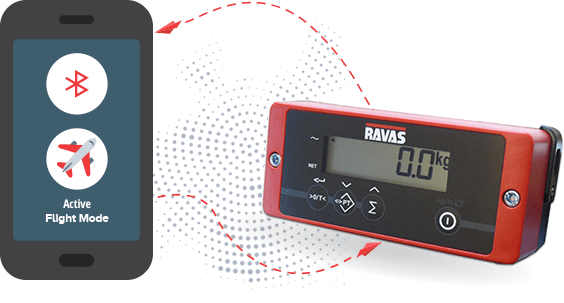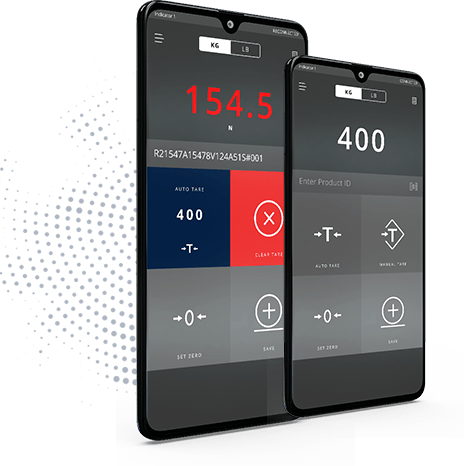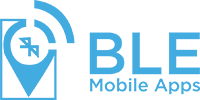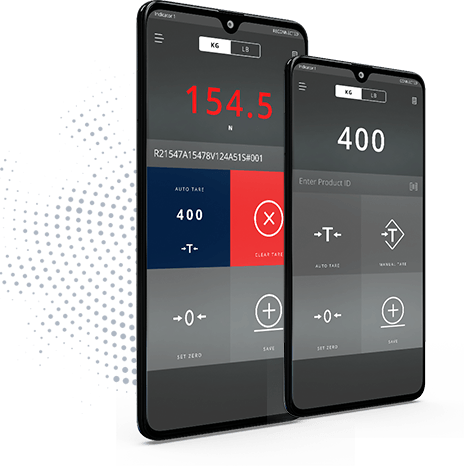Offline Data Exchange
While developing a mobile app was the most obvious solution, the biggest challenge was to establish a connection between the weight indicator and the app to ensure the displayed weight reflects on the app. Transmitting that information over an IP was our first take. However, the client insisted on offline functionality. Therefore, we looked around other methods.

Bluetooth LE (BLE)
BLE is a version of Bluetooth that consumes very low energy thus can go on a single AA battery for months, not days, even in the case of real-time functionalities. The application would communicate with the weight reader and duplicate its value on the app screen. The problem was the weight indicator attached to huge machines would only return a reading to the app screen with a specific command. There were various sets of commands.




